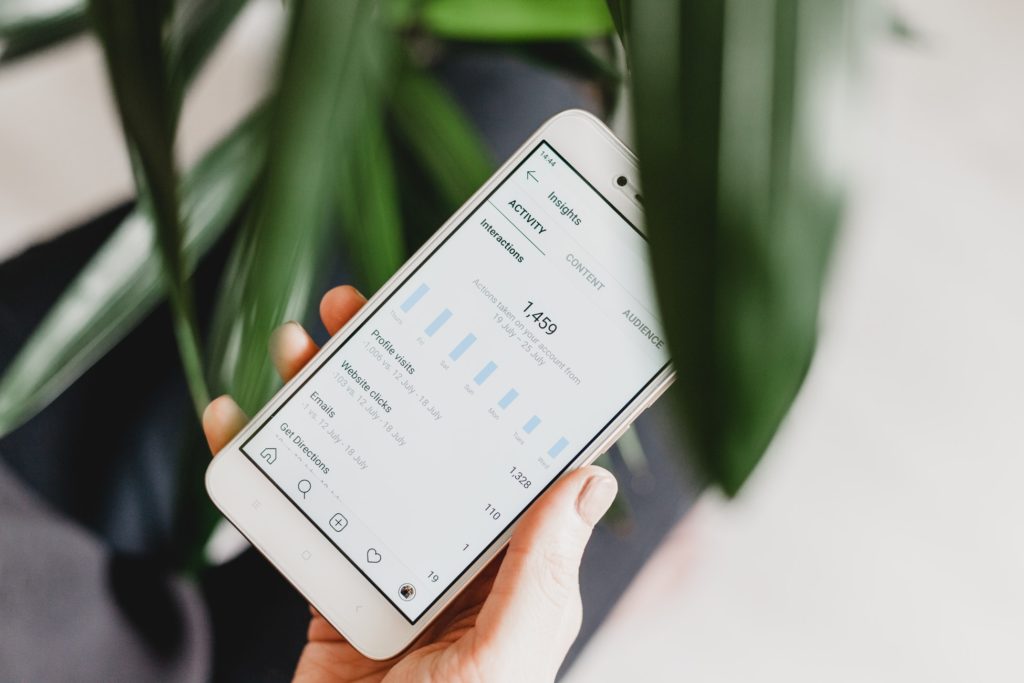Diversifying Content is the Key to Growing Your Brand
When you’re building your brand, you’re going to do as much as you possibly can to get the word out about your business. You’re going to tell everyone you know, blasting it out to Facebook, Instagram, SnapChat, Twitter, LinkedIn and whatever other outlets you deem necessary to find new customers. But the thing about all those platforms, is that they all have different audiences. And if you aren’t catering to each unique audience on each platform, you may not be seeing the growth you want. That’s why having a multi-platform content strategy is essential to your brand’s success online.
If you want to find success on individual social media platforms, your content can’t be the same for everyone across every channel.
In order to gain new customers, clients or sales, you have to be able to talk to different types of people in different settings. That’s the main concept behind a multi-platform content strategy. Because it doesn’t matter how great your content is, if no one is seeing it, then it’s not serving its intended purpose.
A Brief Example
Remember the day the world almost ended? Yes, the day that Instagram and Facebook crashed for nearly 24 hours and no one knew what to do with themselves. Influencers, brands and regular old people just about lost their minds that day, but it showed all of us in the digital marketing world something very important. And that was the importance of having a multi-platform content strategy.
If you were a business that relies heavily on Instagram and Facebook for your success, that day was probably really scary for you. The uncertainty of not knowing what was going on and if you’d ever have access to your content and followers again became very real, very fast. But if you had additional platforms you shared your content on like LinkedIn, Twitter and even SnapChat, you could still reach some of your audience, and business could carry on as usual. All in all, we learned that If you only use one platform, you’re limiting yourself from reaching countless other audiences.

A Word of Advice: Don’t Alienate Yourself from Potential Audiences
When you’re only using one or two platforms to convey your content, you’re essentially alienating yourself from endless new audiences, followers and potential clients. When marketing your brand or business, you don’t want to limit yourself. You want to get the word out to as many people as possible. It should make sense that in order to be successful, you would want to use as many platforms, resources and as much unique content as possible to draw in those customers.
Different audiences go on different platforms for different reasons. Don’t alienate yourself from your potential audiences by only using one platform. Consider posting on Facebook, Instagram, LinkedIn, Twitter and any other platform you know your users are regularly frequenting in order to maximize your brands’ reach and growth.
Last but Not Least, Stay on Top of Emerging Trends and Platforms
In order for your brand or business to stay relevant, you need to stay on top of emerging trends in the digital space. One of the newest trends in the world of social media is TikTok, a short-form video platform. It allows users to make mobile friendly short videos that they can share with their audiences with filters and all kinds of effects.
As digital marketers, the potential for an application like this after the disappearance of Vine has us wondering if TikTok will start to be used for business as much as other platforms like Instagram, SnapChat and even Facebook. Either way, knowing what platforms your audiences are using, whether they’re old or new, is an important part of building multi-platform audiences for your brand.
